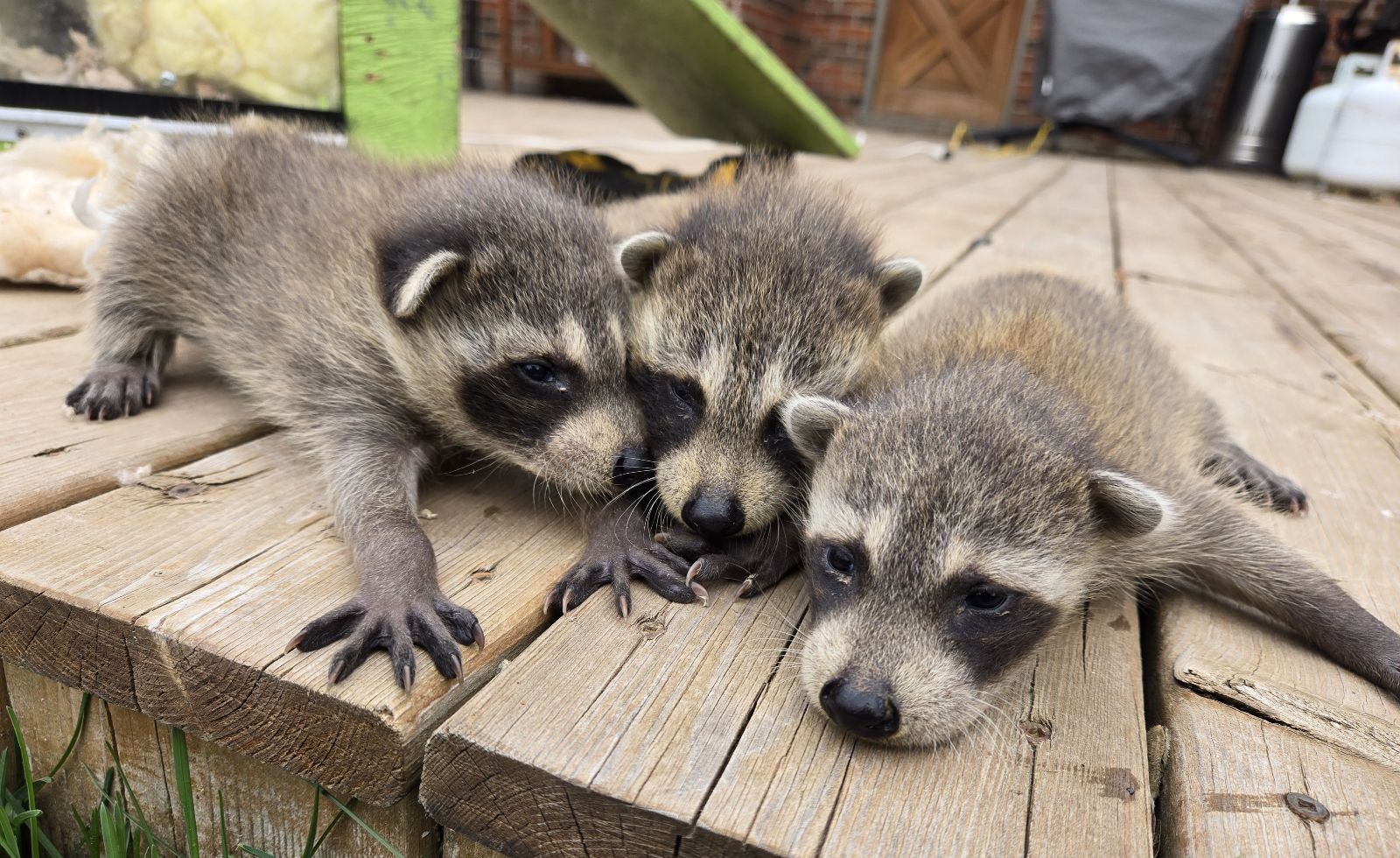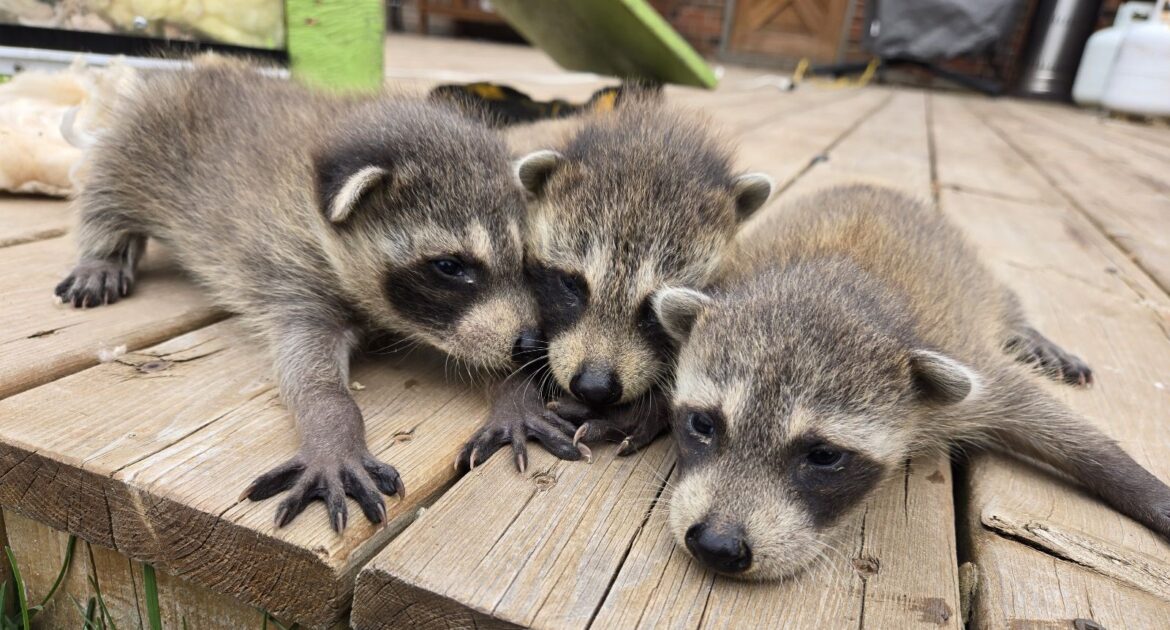Raccoons in your chimney can be an alarming and unwelcome surprise for Ottawa homeowners. When these intelligent and resourceful creatures decide your chimney is an ideal shelter, they can create a host of problems, including strange noises, potential damage, and safety hazards. Recognizing the signs of raccoons in your chimney early is crucial for prompt and effective intervention.
At Skedaddle Humane Wildlife Control, we’ve spent over three decades helping Ottawa residents deal with wildlife intrusions. Just as the Rideau Canal is a defining feature of our city’s landscape, chimneys can become unexpected pathways for raccoons seeking shelter. Understanding how to identify, address, and prevent these unwanted visitors is essential for maintaining your home’s safety and your peace of mind.
The Telltale Signs of Raccoons in Your Chimney
When raccoons take up residence in your chimney, they rarely do so quietly. Recognizing these warning signs early can help you address the problem before it escalates.
Unmistakable Sounds
One of the most noticeable signs of raccoons in your chimney is the distinctive noises they make. Pay attention to:
- Scratching and climbing sounds: Raccoons have strong claws that produce audible scratching noises as they navigate up and down your chimney.
- Vocalizations: These animals communicate through various sounds, including chittering, purring, and even high-pitched screams, particularly during mating season or when mothers are with their young.
- Thumping or heavy movement: Adult raccoons can weigh between 10-30 pounds, making their movements in your chimney quite noticeable.
These sounds are typically more pronounced at dawn and dusk, the most active times for raccoons. If you hear noises consistently coming from your chimney, it’s a strong indication that you have visitors.
Visual Evidence
In addition to sounds, raccoons leave visible traces of their presence:
- Debris in the fireplace: Small pieces of nesting material, fur, or other debris dropping into your fireplace can indicate raccoon activity above.
- Visible damage: Look for broken chimney caps, displaced bricks, or damaged masonry near the top of your chimney.
- Raccoon sightings: Frequent sightings around your property, especially on your roof or near your chimney, may suggest they’ve found a way inside.
Performing regular visual inspections of your chimney and fireplace can help you catch these signs early and take appropriate action.
The Hidden Impact: Beyond Physical Damage
When raccoons choose your chimney as their home, the consequences extend beyond potential physical damage. There’s an emotional and psychological toll that many Ottawa homeowners experience but rarely discuss.
The Emotional Burden of Wildlife Intrusions
Having raccoons in your chimney can trigger significant stress and anxiety. Many homeowners report disrupted sleep patterns, constant worry, and even feelings of vulnerability. The nocturnal activities of raccoons can lead to sleepless nights, especially when scratching and vocalizations echo through your chimney and into your living space. Concerns about damage, fire hazards, or the spread of diseases can create ongoing anxiety, leaving you feeling exposed and uncomfortable in your own home. Decision paralysis often follows, as many homeowners delay confronting the problem due to uncertainty about humane handling or fear of causing harm to the animals.
At Skedaddle, we understand these concerns and work to alleviate them through our humane and effective removal processes. Our goal isn’t just to remove the raccoons but to restore your peace of mind.
Health and Safety Risks of Raccoons in Your Chimney
Raccoons in your chimney present several health and safety concerns that shouldn’t be overlooked.
Disease Transmission Concerns
Raccoons can carry various pathogens that pose risks to humans and pets:
- Raccoon roundworm: Raccoon droppings may contain Baylisascaris procyonis eggs, which can cause serious illness if accidentally ingested.
- Leptospirosis and Giardia: These bacterial infections can spread through raccoon urine or feces and contaminate surfaces in your home.
- Rabies: While less common, raccoons are known carriers of rabies, which can be transmitted through bites or scratches.
Fire and Structural Hazards
Beyond health concerns, raccoons in your chimney create safety risks. Blocked flues, fire hazards, and structural damage are critical issues. Nesting materials can obstruct proper ventilation, leading to dangerous carbon monoxide buildup when using your fireplace. Moreover, dry nesting materials in your chimney can easily catch fire, resulting in a chimney fire that could spread to your home. Raccoons can also damage chimney liners, mortar, and masonry over time, compromising the structural integrity of your chimney.
These risks underscore the importance of addressing raccoon intrusions promptly and thoroughly with professional help.
How to Remove Raccoons from Your Chimney Safely
When faced with raccoons in your chimney, proper removal techniques are essential for your safety and the well-being of the animals.
Professional vs. DIY Removal
While some homeowners attempt wildlife removal themselves, we strongly advise against DIY approaches when it comes to raccoons in chimneys.
Professional advantages include:
- Trained wildlife technicians who understand raccoon behaviour and biology
- Use of proper equipment and protective gear to prevent disease transmission
- Knowledge of local wildlife laws and regulations
- Humane removal techniques that consider both adult raccoons and their young
DIY risks involve:
- Potential injury from raccoon defensive behaviours
- Risk of disease exposure without appropriate protection
- Ineffective removal leading to raccoon return
- Accidental harm to mother raccoons or separation from their young
Skedaddle’s Humane Removal Process
Our approach to removing raccoons from chimneys focuses on humanity and effectiveness. We begin with a thorough assessment, conducting a comprehensive inspection to identify access points, den locations, and whether young raccoons are present. Each situation is unique, so we develop customized removal plans based on the specific circumstances of your raccoon issue.
During birthing season, we carefully locate and remove baby raccoons by hand, often using thermal imaging technology. We then place babies in a heated reunion box outside your home, encouraging the mother to retrieve them and relocate to one of her alternative dens. Finally, we secure all entry points and vulnerable areas after removal to stop future intrusions.
This proven process ensures the safety of both your family and the raccoons while providing a lasting solution to your wildlife problem.
Preventing Raccoons in Chimney: Long-term Solutions
After successfully removing raccoons from your chimney, implementing preventative measures is crucial to ensure they don’t return.
Effective Chimney Protection Strategies
These preventative measures will significantly reduce the likelihood of future raccoon intrusions:
- Installing a chimney cap
- Conducting regular chimney inspections
- Trimming overhanging branches
- Maintaining your chimney promptly to repair any damaged masonry, flashing, or other components that could create openings for wildlife
Not all chimney caps are created equal; many options available at hardware stores aren’t designed specifically for wildlife exclusion and may be easily damaged. Professional-grade caps installed by wildlife experts provide superior protection.
Creating a Raccoon-Resistant Property
Beyond your chimney, making your entire property less attractive to raccoons discourages them from targeting your home. Secure food sources by storing garbage in sealed containers, removing pet food and birdseed from outdoor areas, and keeping compost piles covered. By following these strategies, you can significantly minimize the chances of raccoons seeking shelter in your chimney and protect your home from potential harm.
As raccoons continue to seek new shelters in urban areas like Ottawa, it’s vital that homeowners take immediate action when signs of infestation appear. If raccoons have made your chimney their home, Skedaddle is ready to assist with our humane, effective solutions. Contact us for expert insights, professional-grade interventions, and comprehensive prevention strategies that keep both your home and local wildlife safe.




